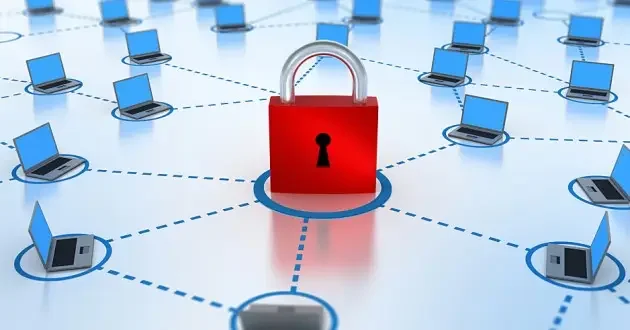What is EDR Endpoint Protection?
Cybersecurity has long been around to defend computers, networks, and data from malicious attacks. But it is only in recent years that we've learned about EDR Endpoint Protection or Endpoint Detection and Response. If you haven't encountered this term yet, it is a solution that aims to identify and counter threats that penetrate the endpoints of a network.
EDR Endpoint Protection protection oversees the organization's devices day in and day out. It detects, responds, and fends off advanced threats before they even compromise a network. What makes it stand out from other security solutions is its visibility into the system as well as advanced capabilities that can address threats by deploying multiple layers of defenses.
What's the Weakness of Other EDR Endpoint Protection Security Solutions?
As threats continue to advance, all systems - even robust ones - are likely to experience a data breach at some point. Meanwhile, attackers armed with knowledge and tools can easily bypass traditional security measures like antivirus software. Skilled adversaries can gain access to networks while discreetly evading defenses.
This silence enables these attackers to not only get past the defenses but disperse inside. They can even open backdoors that will allow them to come back whenever they want to, making themselves virtually undetectable. With EDR Endpoint Protection, malicious programs or suspicious incidents are revealed using various data analytics techniques.

Key Features of EDR Endpoint Protection
You should take note that not all EDR tools are created equal. You have to look for specific features that will fit the needs of your organization if you want to get the most out of this tool. Here are some of the features that you should consider when deciding which EDR Endpoint Protection to invest in.
1. Should I get an Agent or Agentless EDR Endpoint Protection?
There are enterprise EDR tools that require the use of an agent while others take an agentless approach when gathering data. Both of them can apply to your organization, depending on your preference.
An agent is a small kind of software that is installed on the devices, which will be monitored. Its primary function is to collect user activity data from all areas of the network. It then transmits the data to a central server where it will be processed, analyzed, and stored. Having an agent allows you to capture activities regardless of how users connect to the server. It can also intervene in a user's session when needed; for instance, a device needs to undergo quarantine after a malicious activity is suspected.
Meanwhile, agentless endpoint monitoring doesn't require the installation of agent software on endpoint devices. The tool just passively monitors traffic coming onto and passing through the network as they move between the user's machines and the servers they are accessing. Some of its advantages include:
- Quick deployment across your network
- No overheads for the installation and management of agents
- Doesn't need resources on the endpoints being monitored
- Can log configuration changes to network devices, storage subsystems, hypervisors, etc. where agents cannot be installed
2. Covers the Devices and Operating Systems You're Using
Typically, EDR Endpoint Protection tools are compatible with Windows, Mac OS, and Linux. Now, the question is, what operating systems are they not supporting? Sometimes, Apple iOS and Google Android are not covered even though many have been using smartphones and tablets at work. If the provider doesn't support these types of OS, the organization needs to look for alternatives that can monitor user activity and collect data from these devices.
3. Cost-effective
You need to get an EDR Endpoint Protection that can provide the best level of protection without requiring you to invest a lot of money and time. Buyers should ensure that they are getting the full value out of an EDR Endpoint Protection solution. Most providers charge customers per endpoint per month. Typically, the costs range between $5 and $30 depending on the vendor.
4. EDR Endpoint Protection in the Cloud
Real-time visibility of network endpoints is imperative for effective EDR Endpoint Protection. One option to achieve complete visibility is by using a cloud-based solution. By doing it in a cloud environment, there will be zero impact on the endpoint while other capabilities such as probing and analysis of data remain accurate in real-time.
5. Ability to Integrate
Your enterprise is likely to use other security solutions other than EDR. That said, your security analyst needs to have a clear picture of how the EDR Endpoint Protection will work with the other solutions on board. While there may be overlapping features, they shouldn't be in conflict with each other.
EDR Endpoint Protection Security Posture.
EDR Endpoint Protection should have the ability to seamlessly integrate with tools that can record, track, coordinate, and perform actions to mitigate an attack and clean the environment. This helps achieve quicker incident response and improves your security posture.
EDR Endpoint Protection Takeaways
Make sure to remember those things when shopping around for your EDR solution. For robust endpoint protection, consider Xcitium. Our tool has advanced capabilities that can prevent cyber-attacks before they cause great damage to an organization's network.
